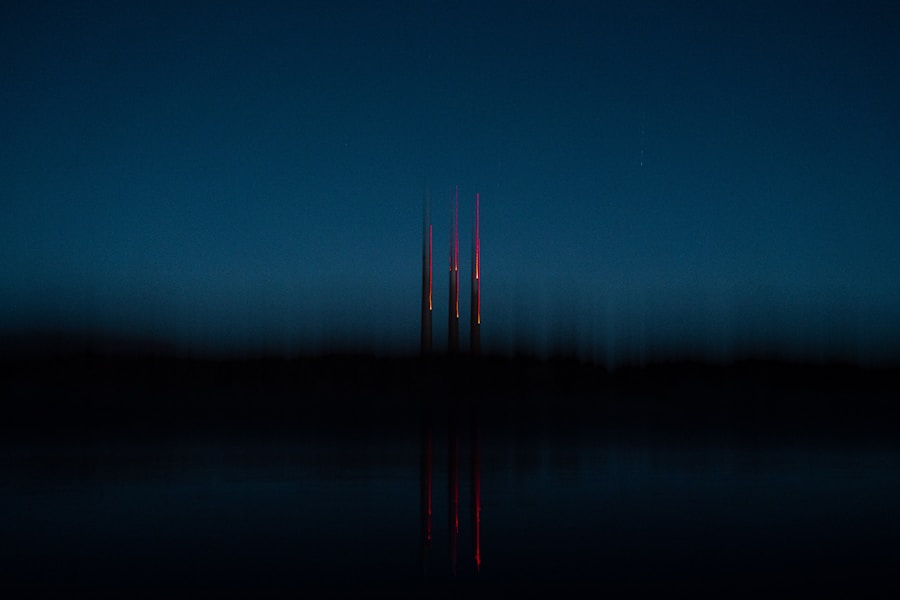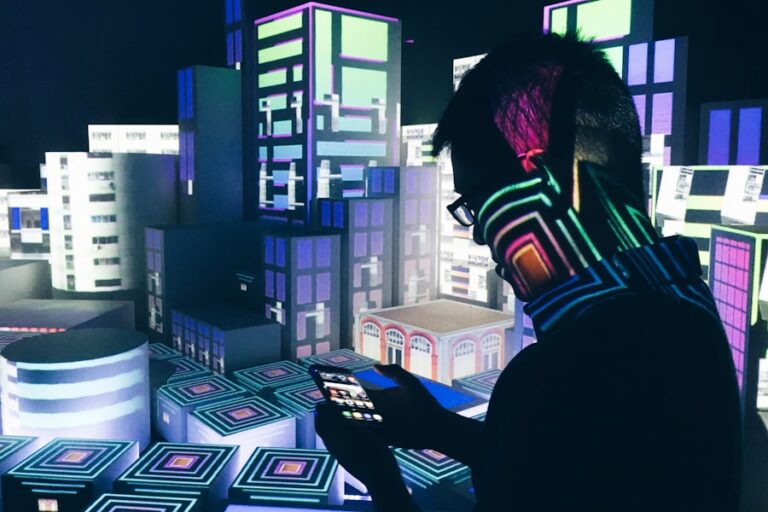From Canvas to Screen: Exploring the World of Digital Art for Sale
Digital art has been on the rise for the past few decades, with the advancement of technology and the internet playing a significant role in its growth. The history of digital art can be traced back to the 1950s, when artists and scientists began experimenting with computer-generated images. However, it wasn’t until the 1980s that digital art started to gain mainstream recognition, with the introduction of personal computers and software programs that allowed artists to create and manipulate digital images.
The 1990s saw a surge in digital art, as more artists began to embrace the medium and explore its creative possibilities. With the rise of the internet, digital art became more accessible to a wider audience, as artists could easily share their work online and connect with other like-minded individuals. The 21st century has seen a further explosion in digital art, with the development of new technologies such as virtual reality and augmented reality opening up even more possibilities for artists to create immersive and interactive digital experiences.
The Advantages of Buying Digital Art
There are several advantages to buying digital art, both for collectors and artists. One of the main benefits is the accessibility of digital art, as it can be easily shared and distributed online, allowing collectors to discover and purchase artwork from artists all over the world. Digital art also offers a level of flexibility that traditional art does not, as it can be easily reproduced and displayed in a variety of formats, such as prints, digital displays, or even virtual reality experiences.
Another advantage of buying digital art is the potential for interactivity and engagement. Many digital artworks are designed to be interactive or immersive, allowing viewers to engage with the artwork in new and exciting ways. This can create a more dynamic and engaging experience for collectors, as they can interact with the artwork in ways that are not possible with traditional art forms. Additionally, digital art often offers a level of innovation and experimentation that is not always present in traditional art, as artists are able to explore new techniques and technologies to create unique and cutting-edge artwork.
Navigating the Digital Art Market: Where to Buy and Sell
Navigating the digital art market can be a daunting task, as it is a relatively new and rapidly evolving industry. However, there are several platforms and marketplaces that cater specifically to digital art, making it easier for collectors and artists to buy and sell their work. One popular platform for buying and selling digital art is known as NFT (non-fungible token) marketplaces, which use blockchain technology to authenticate and track ownership of digital assets.
In addition to NFT marketplaces, there are also online galleries and platforms that specialize in digital art, such as Sedition, Electric Objects, and Saatchi Art. These platforms offer a wide range of digital artworks for sale, from digital prints to interactive installations, making it easy for collectors to discover and purchase digital art that suits their tastes. For artists looking to sell their work, these platforms provide an opportunity to reach a global audience and connect with collectors who are interested in digital art.
Understanding the Different Types of Digital Art
Digital art encompasses a wide range of artistic styles and techniques, each with its own unique characteristics and creative possibilities. One common type of digital art is digital painting, which involves using software programs such as Adobe Photoshop or Corel Painter to create paintings or illustrations on a computer or tablet. Digital photography is another popular form of digital art, as photographers can use digital cameras and editing software to create and manipulate images in new and innovative ways.
In addition to painting and photography, digital art also includes 3D modeling and animation, which allows artists to create three-dimensional objects and characters using computer software. This type of digital art is often used in video games, films, and virtual reality experiences, creating immersive and interactive worlds for viewers to explore. Another type of digital art is generative art, which involves using algorithms and computer code to create artwork that is constantly evolving and changing. This type of art often blurs the line between human creativity and machine intelligence, creating new and unexpected forms of artistic expression.
Digital Art Collecting: Tips for Beginners
For beginners looking to start collecting digital art, there are several tips to keep in mind to make the process easier and more enjoyable. One important tip is to do thorough research on the artists and artworks you are interested in, as this will help you make informed decisions about which pieces to purchase. It’s also important to consider the format in which you want to collect digital art, whether it’s through digital prints, physical displays, or virtual reality experiences.
Another tip for beginners is to start small and build your collection over time, as this will allow you to explore different artists and styles before making larger investments. It’s also important to consider the authenticity and provenance of digital artworks, especially when purchasing through online marketplaces or galleries. Finally, it’s important to stay connected with the digital art community, whether it’s through online forums, social media groups, or local events, as this will help you stay informed about new artists and opportunities in the digital art world.
The Future of Digital Art: Trends and Innovations
The future of digital art is filled with exciting trends and innovations that are shaping the industry in new and unexpected ways. One major trend is the rise of virtual reality (VR) and augmented reality (AR) experiences in digital art, as artists are exploring new ways to create immersive and interactive artworks that can be experienced in three-dimensional space. This trend is creating new opportunities for artists to push the boundaries of traditional art forms and engage with audiences in new and exciting ways.
Another trend in the future of digital art is the integration of artificial intelligence (AI) into artistic creation, as artists are using machine learning algorithms to generate new forms of artwork that blur the line between human creativity and machine intelligence. This trend is creating new possibilities for artistic expression and challenging traditional notions of authorship and creativity. Additionally, blockchain technology and NFTs are playing a significant role in the future of digital art, as they provide new ways for artists to authenticate and sell their work while creating new opportunities for collectors to engage with digital art in innovative ways.
Exploring the World of NFTs: A New Frontier for Digital Art
NFTs (non-fungible tokens) have emerged as a new frontier for digital art, providing a way for artists to authenticate and sell their work using blockchain technology. NFTs are unique digital tokens that represent ownership of a specific piece of artwork or collectible, allowing collectors to buy, sell, and trade digital assets with a level of authenticity and provenance that was previously difficult to achieve in the digital realm. This has created new opportunities for artists to monetize their work and connect with collectors who are interested in owning unique digital assets.
One of the key benefits of NFTs for digital art is the ability to track ownership and provenance in a transparent and secure way, using blockchain technology to create a permanent record of transactions. This provides a level of authenticity and trust that is often lacking in the digital art world, making it easier for collectors to invest in digital assets with confidence. Additionally, NFTs have created new opportunities for artists to explore innovative forms of artistic expression, such as interactive experiences or generative artworks that can be tokenized and sold as unique digital assets.
In conclusion, the rise of digital art has opened up new possibilities for artistic expression and engagement, creating a dynamic and rapidly evolving industry that is shaping the future of art in exciting ways. From virtual reality experiences to blockchain technology and NFTs, the world of digital art is filled with innovative trends and opportunities that are redefining traditional notions of creativity and ownership. As technology continues to advance and new platforms emerge for buying and selling digital art, it’s clear that the future of this medium is bright and full of potential for both artists and collectors alike.







